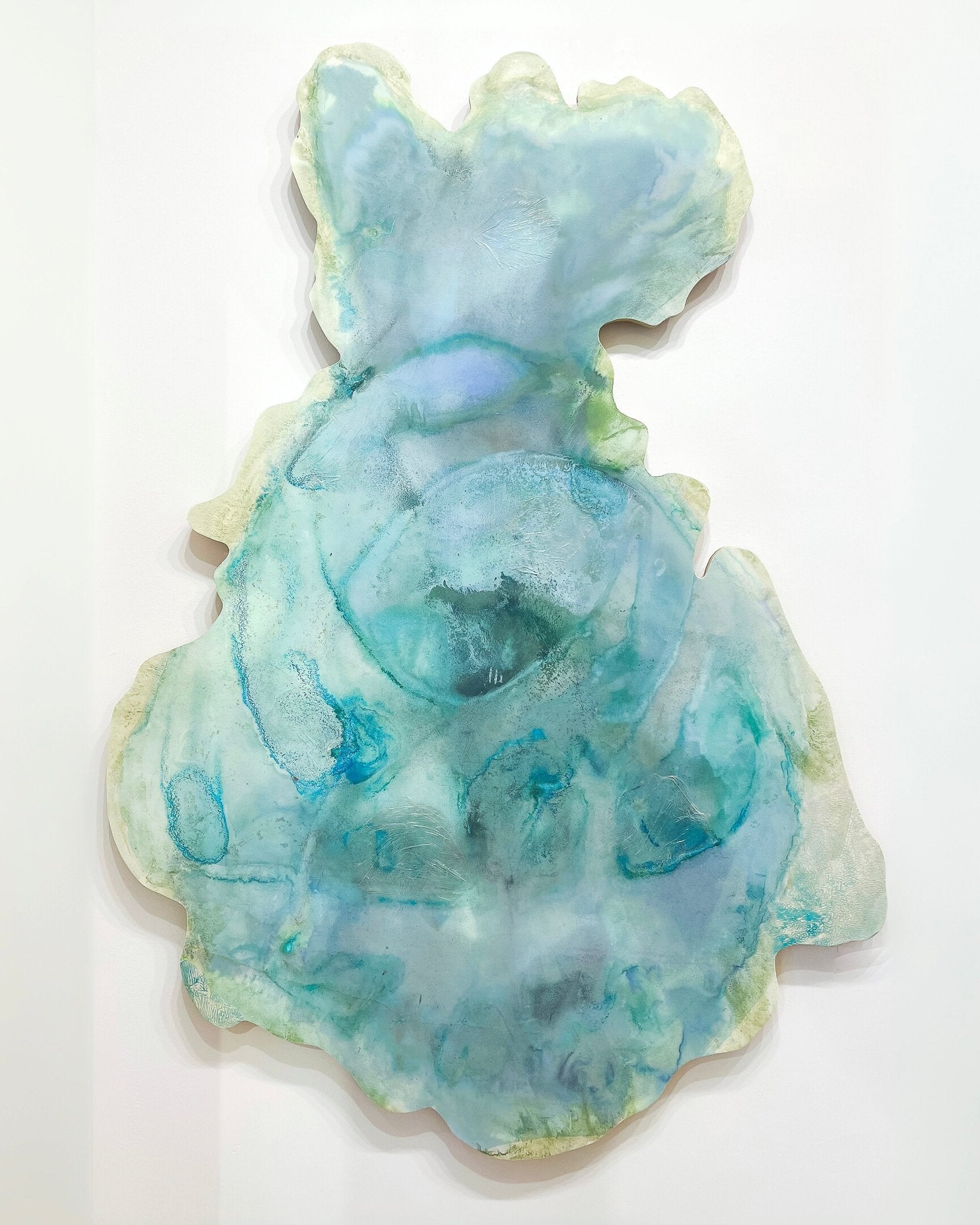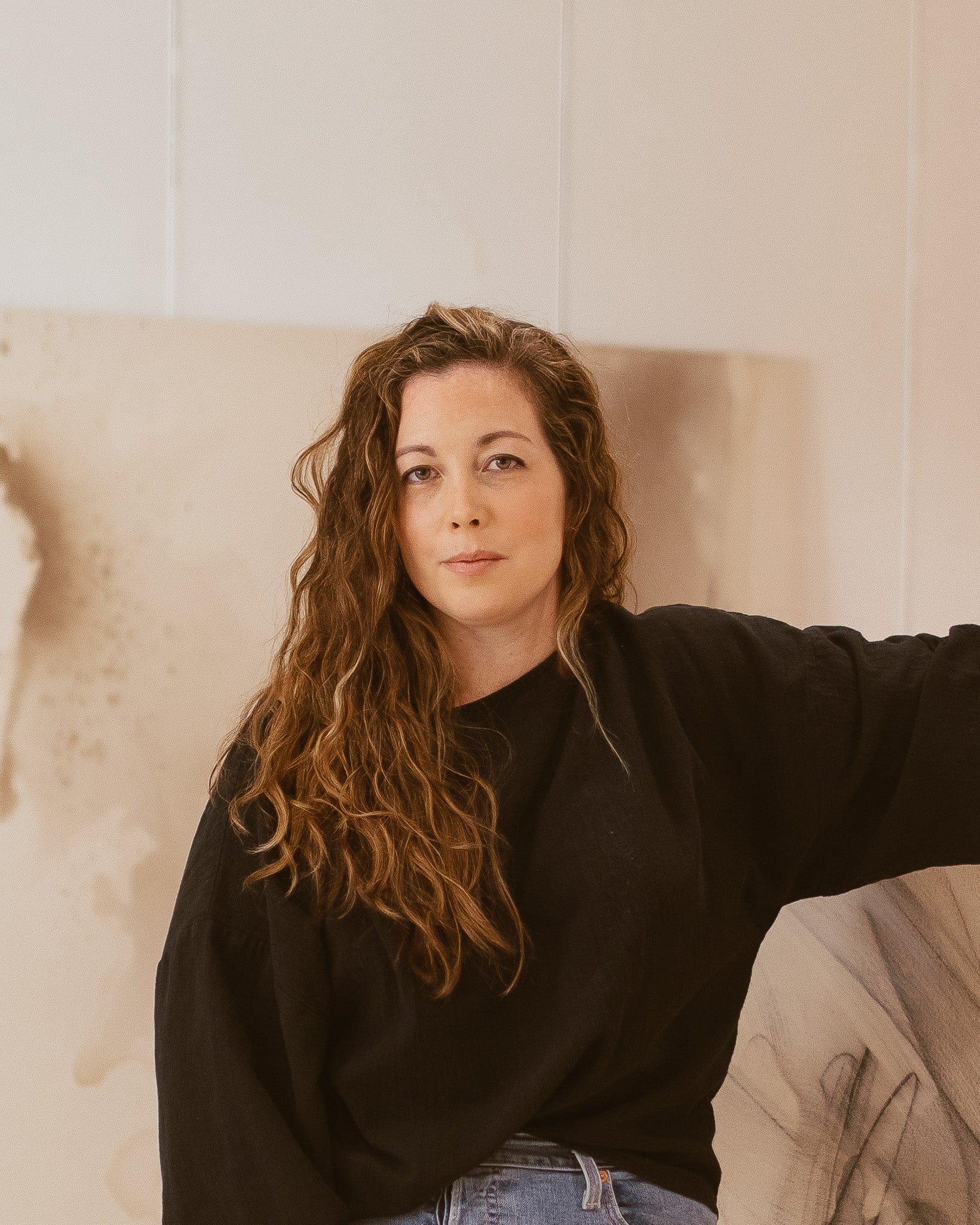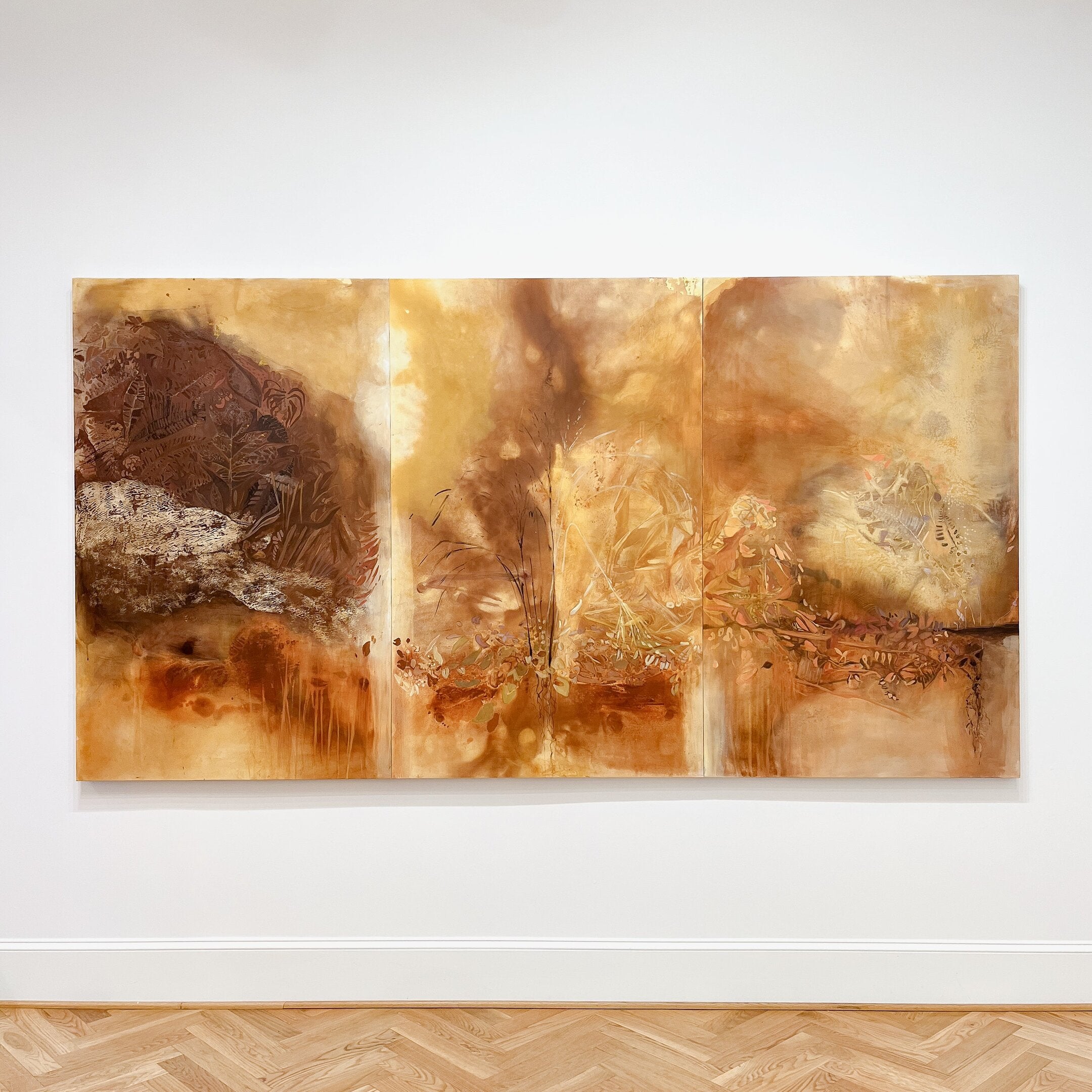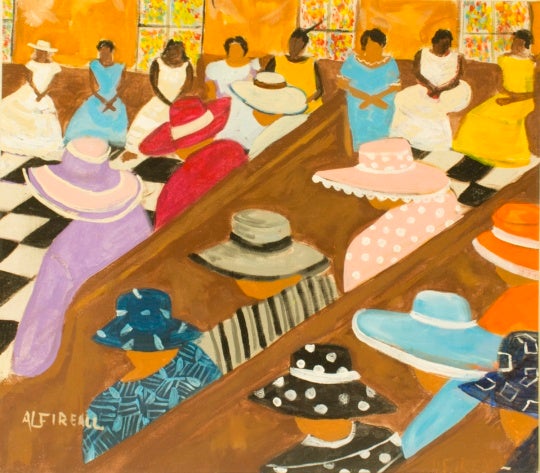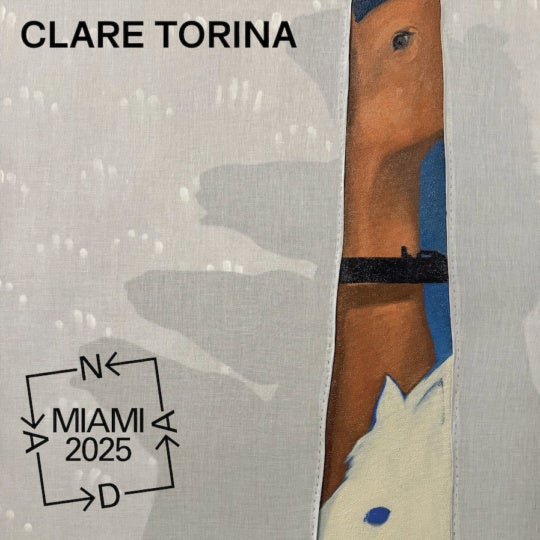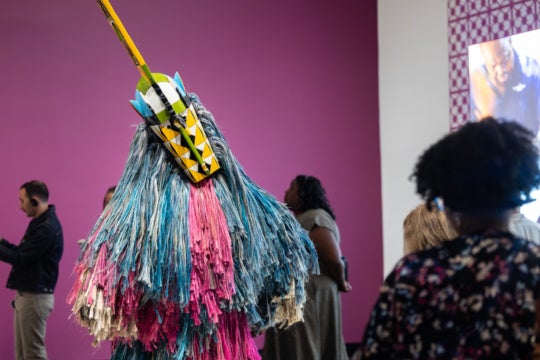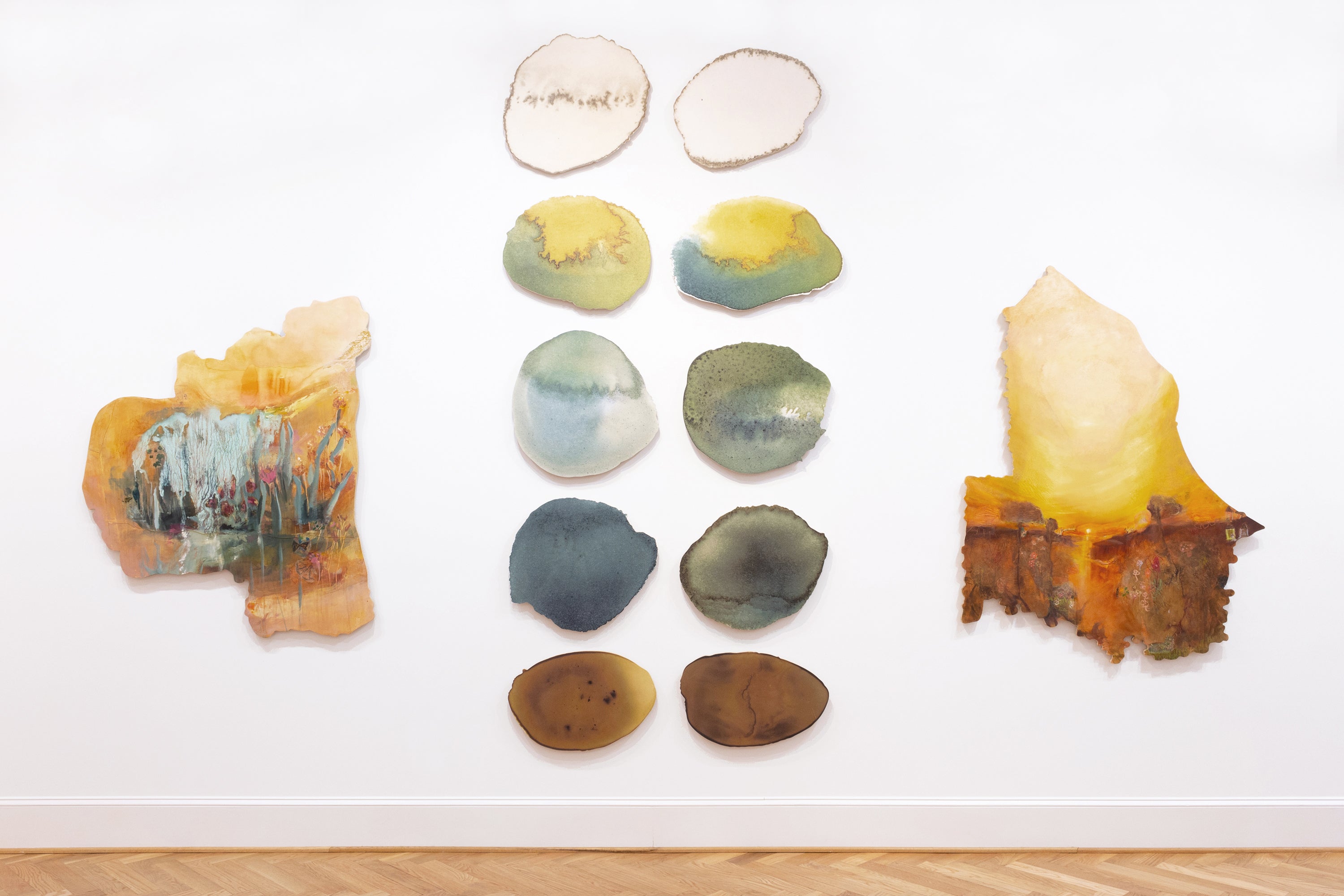
Heather Bird Harris’s work explores climate crisis, activism, and grief through cross-sector collaborations and use of natural materials. Much of her artistic practice involves in-depth research of specific places and vegetation, as well as partnerships with historians, ecologists, and botanists to further ‘map’ and reveal the relationships between ecosystems and histories of industrialization and colonization. Her site-specific materials include watercolors made from clay and coal, walnut ink, and more recently weathering rind—a material that involves weathering off the ‘rind’ of the soft clay surrounding a hard rock, such as granite.
As seen in love as large as grief demands at Spalding Nix Fine Art, drawings from Harris’s young children speckle the panels, cheery flowers and stick-houses meshed in among Harris’s yellow and brown abstract landscapes. Poetic and dreamy, but with an underlying acknowledgement of the climate grief and capitalistic violence that permeates the world today. Harris’s work is as poignant as it is joyful, an emotionally complicated journey into hanging on and letting go.
Currently completing her MFA at Georgia State University, I spoke with Harris in her Atlanta home studio about the power of intentional collaborations, the significance of her children’s hand in her work, and how to let a material reach its fullest potential.
EC Flamming: Your practice is deeply collaborative. You work with scientists, activists, historians. Could you talk about a particularly meaningful collaboration that served to further your practice?
Heather Bird Harris: The one that comes to mind is a collaboration that first started with a soil wetland ecologist in Louisiana. It was one of the first collaborations that was material-based and an entry into the science of the material I was already using. Dr. Ashley Booth reached out explaining she had soil core samples left over from a conservation study at the Rockefeller Wildlife Refuge in southwest Louisiana. She was studying the efficacy of different strategies to prevent land loss in the wetlands.
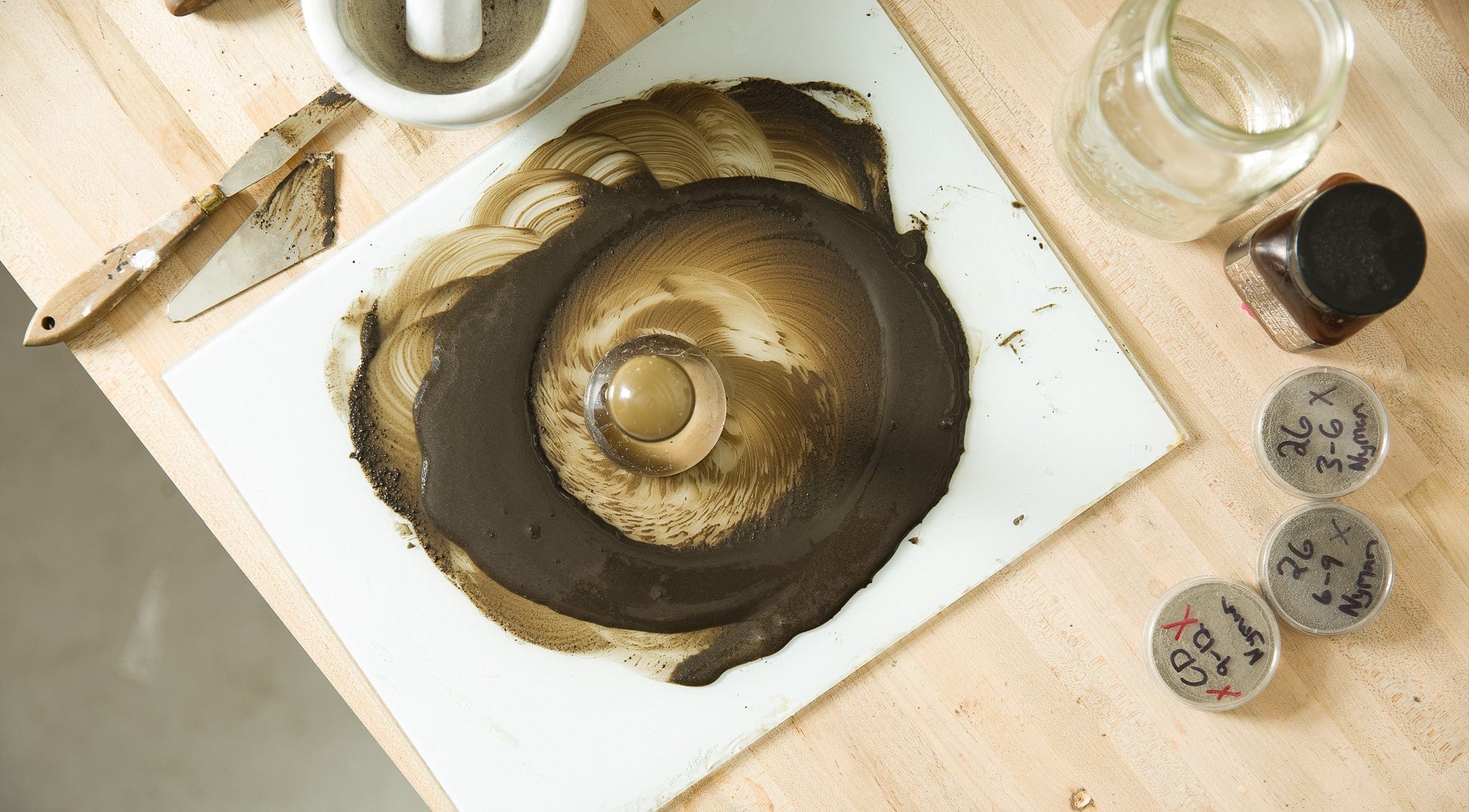
After they are used, they’re sealed in these Petri dishes and then discarded. Asking if I’d use them, I inherited bags and bags full of wetland soil in Petri dishes that were glued shut. Opening each one was really difficult and time consuming but it was interesting because in order to study them, they burn out all the organic material. It is a similar process to cleaning the soil in order to make a pigment, and didn’t require a lot of additional cleaning to then make it into a paint pigment. That first collaboration was really special, and then through the material, Ashley and I started talking a lot about how she saw the soil and how I saw it, how what I was seeing on the canvas was actually mirroring its role in the ecosystem that she was trying to protect.
ECF: Your artwork explores themes of identity, heritage, and social justice. How do you see your activism influencing your artistic practice, and vice versa?
HBH: I don’t really see a difference between them at this point. I think art has always been a way to say something and it’s always been pretty clear to me, especially coming from education and working in schools in New Orleans, that everything you say carries a lot of weight. I’ve always thought of what I’m making and any platform I have as a tool. It’s never really felt separate.
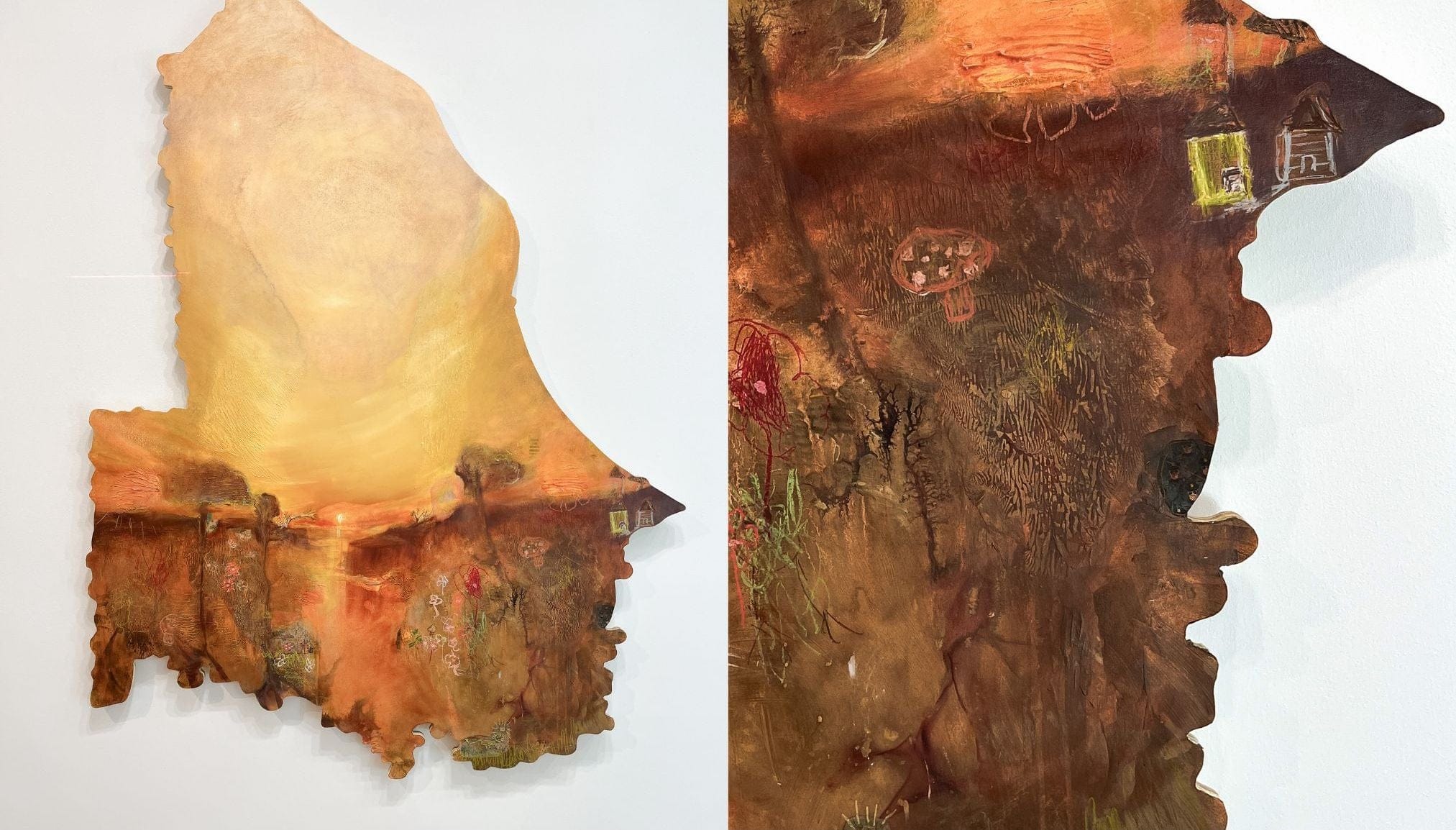
ECF: In your recent exhibition, love as large as grief demands at Spalding Nix Fine Art, you featured large-scale works that incorporated art by your children, specifically their drawings of plants, animals, and houses layered over your own landscapes. I’d love to hear more about their inclusion in your work.
HBH: It’s always something I’ve wanted to do ever since they started bringing drawings home. I’ve been collecting their work for seven years in piles. It’s become increasingly important to think about how they are viewing the world around them. I’m fully aware of what’s at stake and how the world they’re in is going to change really rapidly. The impulse is to preserve all the beauty that they see and the innocence of it for as long as possible. Those drawings are records of the most important things, what I want to hang on to, and that which I’m really fearful of losing. It took a long time for it to show up because I really wanted to get it right.
ECF: I’m curious how you navigate the balance between experimentation and precision in your work, especially with materials that might behave unpredictably or change over time.
HBH: It’s been a big learning process. It’s a balance and one that I think is really important to think about on a conceptual level. When I first started working with land and water materials specifically, I was already thinking a lot about land loss—the Louisiana coastline and how colonial control of water led to the situation that I was experiencing directly. I wanted to unlearn control and try to facilitate the materials on the surface instead of manipulating them into a representational form. That made my work increasingly abstract, and also allowed me time and space to be mesmerized at the interaction between land and water. It became important to let the materials behave how they wanted to without control.
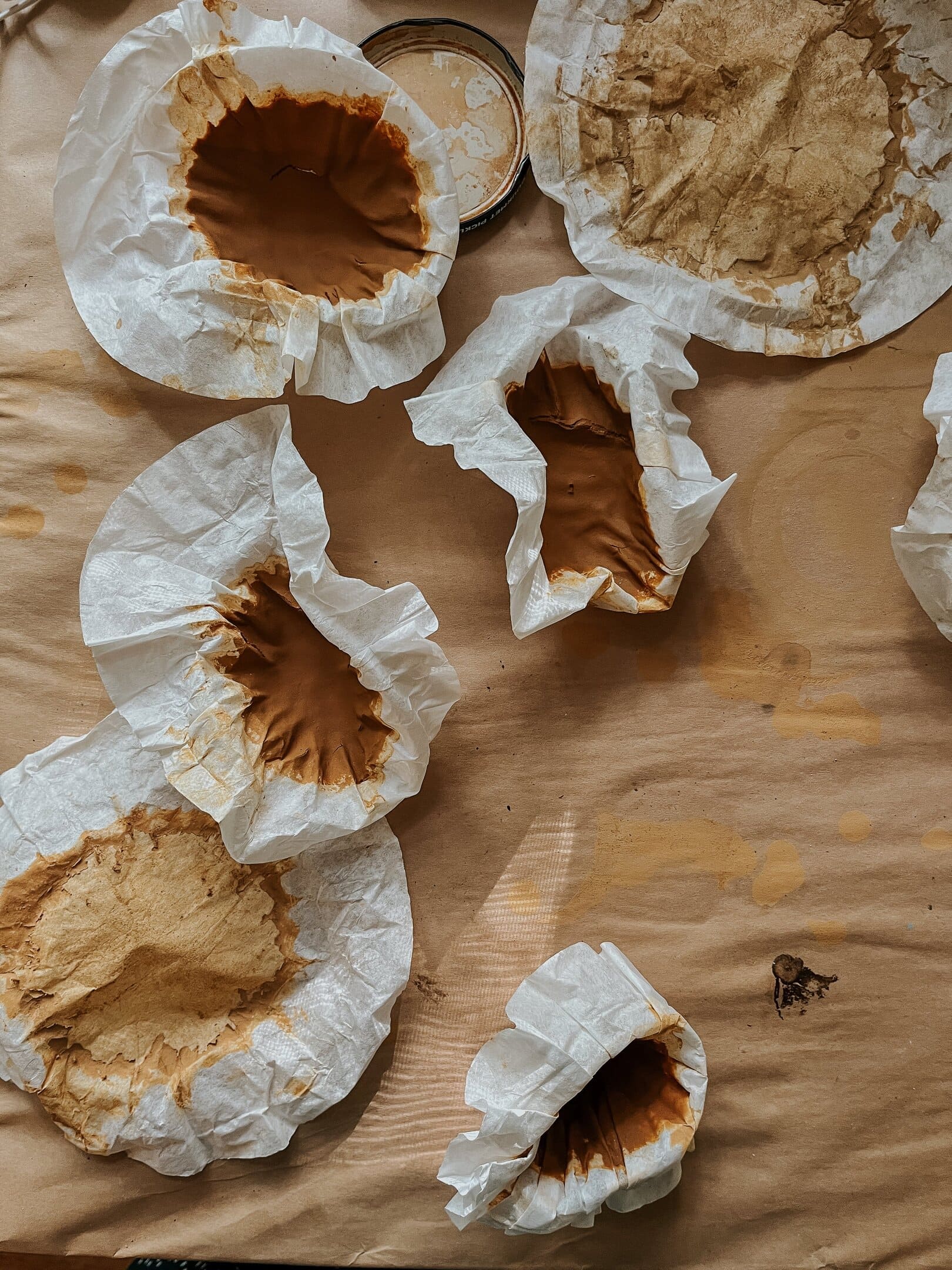
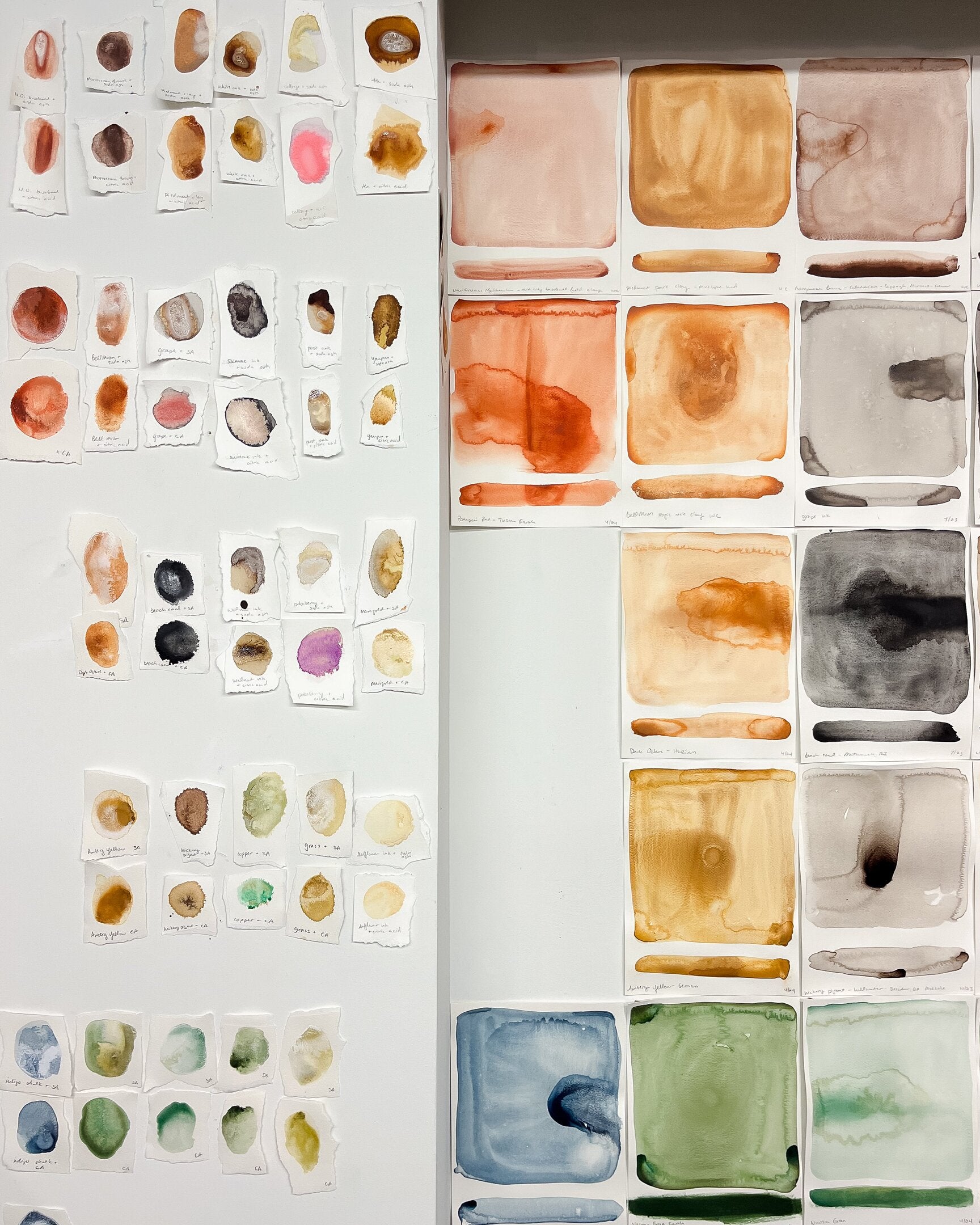
Even though it is an intentional focus for my hand to not be seen, there are choices that I’m making that create a seat of power. Over the last couple of years, my goal was to take my hand out of the process. I had this realization leading up to the show that this goal comes from a hesitance to put my full self into the work, and that stems from the idea that my hand is wrong.
It’s the same idea that leads Jade, my seven-year-old, to say that the earth would be better if humans weren’t on it. My reframe recently has been that I need to train, retrain, and learn a way for my hand to work with materials more responsibly. It’s a subtle shift, but I think that it’s given more permission to let my hand be more intentionally involved. In retrospect, this did have a big shift on the work pretty immediately. It was permission to allow myself to formally paint again, which is how I was trained. I was able to return to that and follow what was feeling right, instead of holding myself to rigid guidelines of self-exclusion, essentially.
ECF: You recently began incorporating video into your work, as in your piece decomposition (fertile ground for new shapes) (2024) that was shown during Atlanta Art Week at the Goat Farm. Can you tell me about the making of that work and if video is going to come into your practice more?
HBH: It’s exciting and it’s been a long time coming, as watching materials move before they’re dried and in their final state is a huge part of my studio experience and process. A lot of information emerges from that stage, especially in seeing the materials in motion and understanding how it moves, behaves, and interacts with water.
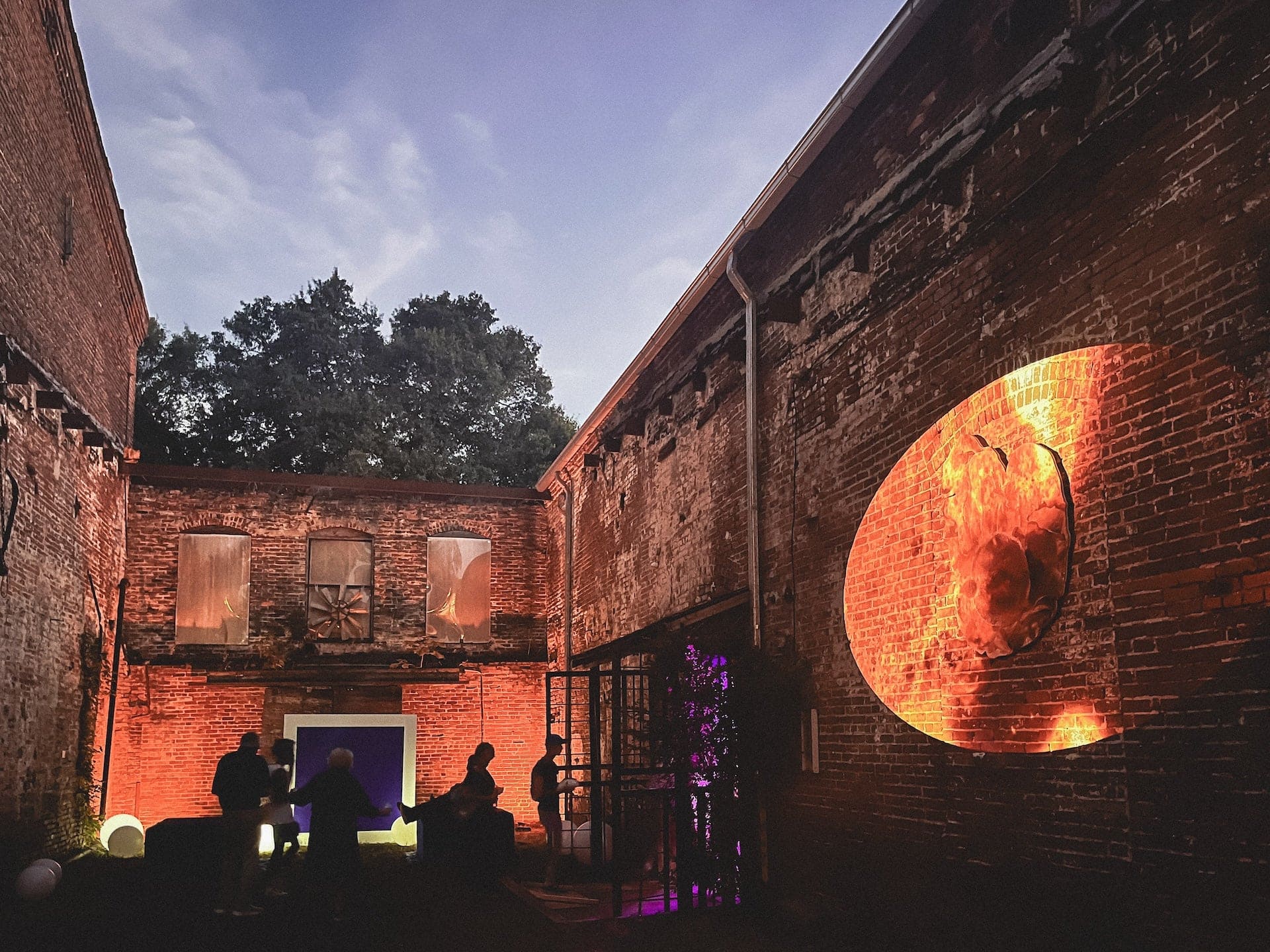
It feels like a natural evolution because I’ve been recording the process, but just never really considered the effectiveness of presenting it in my practice. I’ve been thinking a lot about material affordances, a term that comes out of affect theory, which is about the potentiality and how a material can perform its natural role in an ecosystem. I try to provide the circumstances for a material to behave as naturally as possible and meet its potential. When I learned that term, I was really excited because the definition mirrors what a good teacher does. It allows for and creates the conditions for a person to be able to meet their fullest potential and be their true self, essentially. Through video, it’s getting pretty close to that experience.
ECF: Can you tell me about what upcoming projects or shows you have coming down the line that we can keep an eye out for?
HBH: I’ll be in a show called Plastic, The New Coal, which is curated by Monique Verdin, with Patricia Watts. I’m really excited about it. It’s pretty much all my favorite artists. It’s going to be in Wallace, Louisiana, which is like an hour outside of New Orleans, held at The Descendants Project. This is an area where the plastic industry is really trying to take hold and exploit the land and the communities in that area. It was important for the curators to have this show, not just in New Orleans, but actually in the place that’s most affected.
